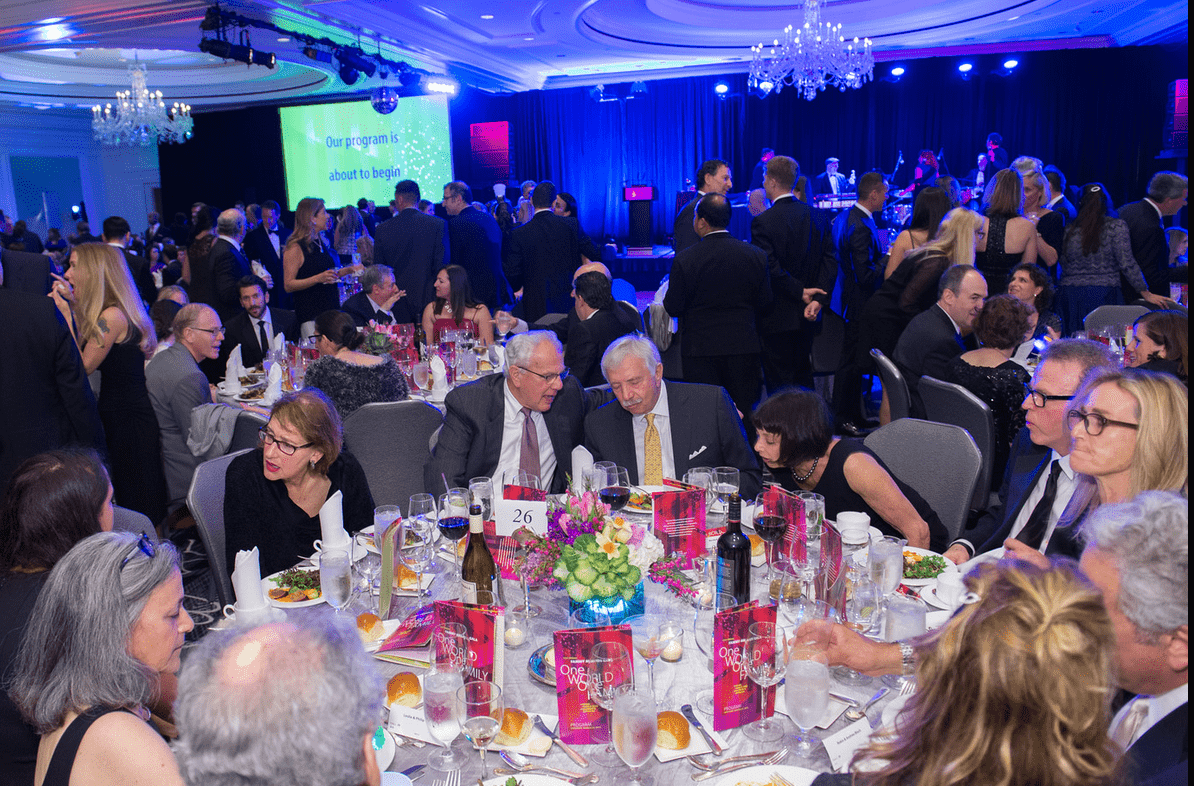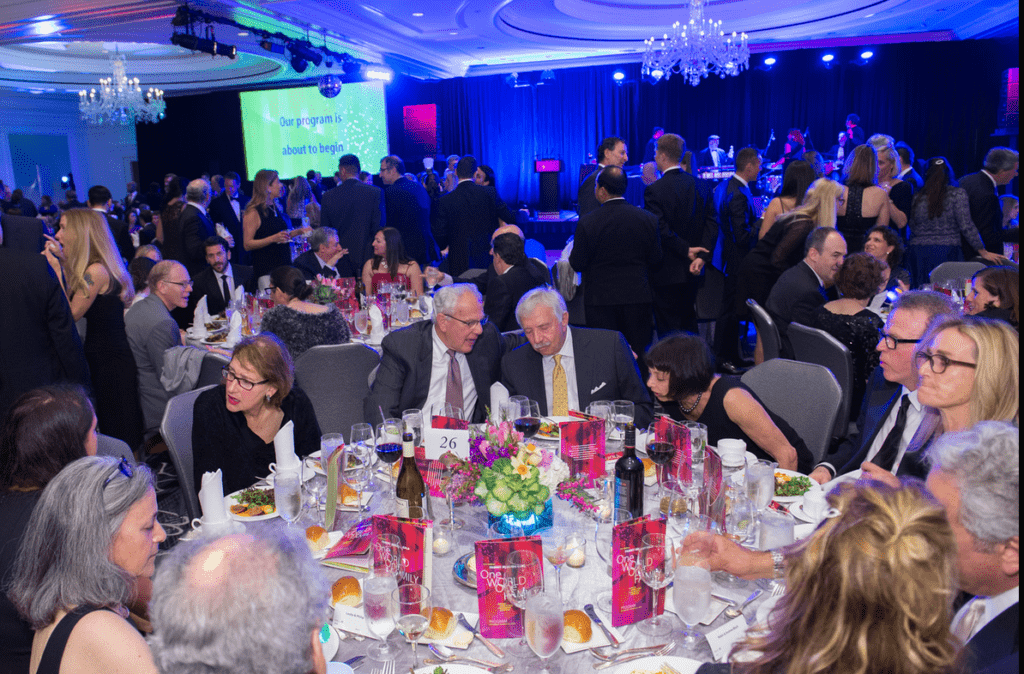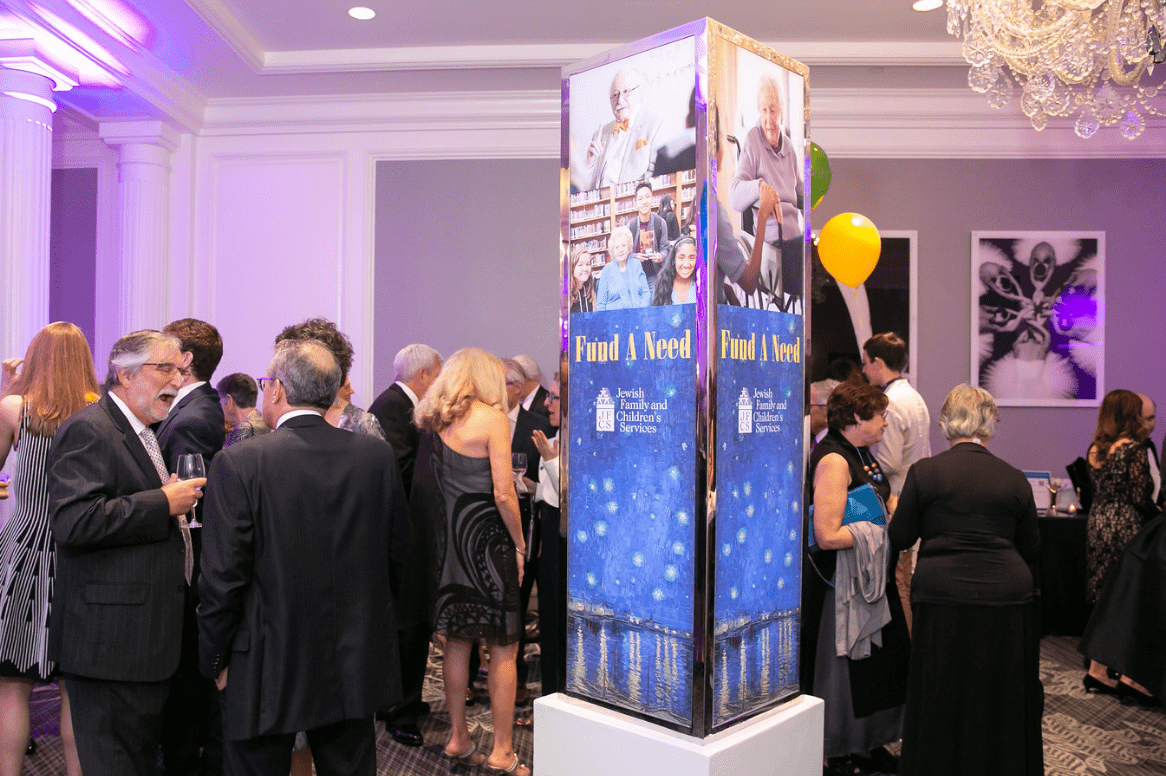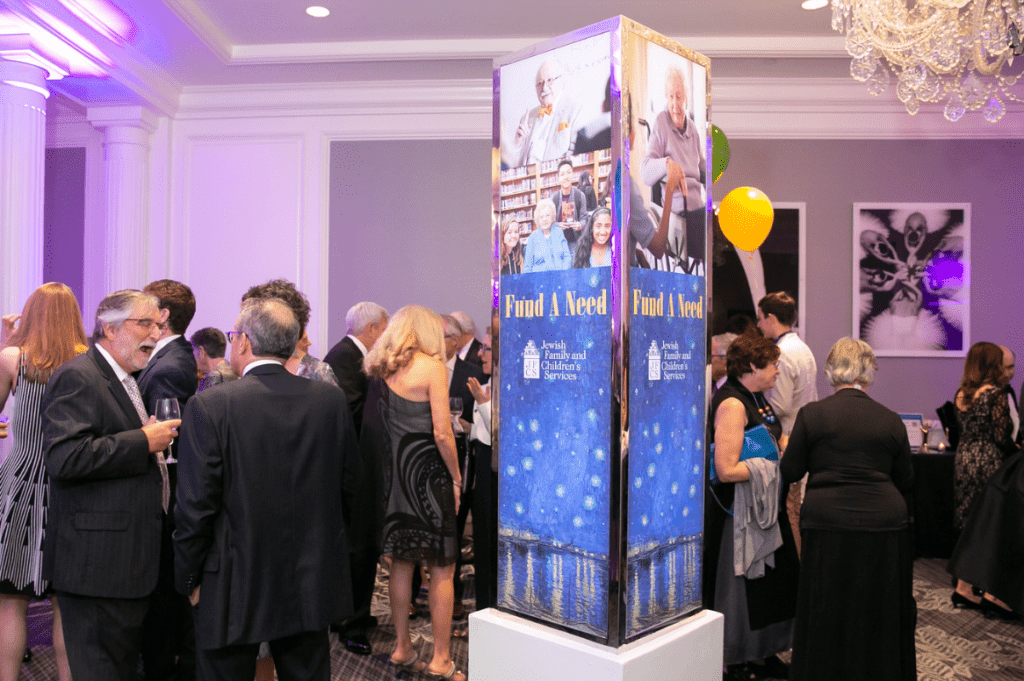Deep Dive into Cryptocurrency for Nonprofits
 I’m sure you’ve wondered about this: Should we be accepting cryptocurrency?
I’m sure you’ve wondered about this: Should we be accepting cryptocurrency?
You may not want to be thinking about this.
But now that there are actual payment processing platforms (e.g., The Giving Block; engiven; Crypto for Charity by Freewill and Charitable Solutions, LLC) and at least two nonprofits serving as cryptocurrency wallets (every.org and givewell) dedicated to helping you with this, the time has come. [You can compare some of the platforms and wallets here; new ones are springing up.]
Opportunity is knocking. Will you open the door?
Changes in Major Gift Demographics
Here are some of the trends:
- Dollars being given are moving from middle class to wealthy donors (especially from Boomers to Millennials).
- Fewer donors are giving larger impact gifts. There’s a lot of money out there[1], and if your charity is savvy enough to attract it, you’ll likely find your donor distribution shifting. The Pareto 80-20 Principle is more 85/15, 90/10 or even 95/5.
- More comes from appreciated assets than cash (stocks, bonds, land and cryptocurrency).
- The availability of crypto for giving has spurred new waves of younger people to consider philanthropy.
Profile of Donors Holding Cryptocurrency
Of course, there’s no way to know for sure which of your donors hold crypto. But we do know some things.
Details






 Orientation matters; otherwise, everything can become unbalanced and out of whack.
Orientation matters; otherwise, everything can become unbalanced and out of whack.
 I’m excited to share three easy tips with you, and the results are measurable. Do these things and you’ll be able to tell if they impact your bottom line!
I’m excited to share three easy tips with you, and the results are measurable. Do these things and you’ll be able to tell if they impact your bottom line!